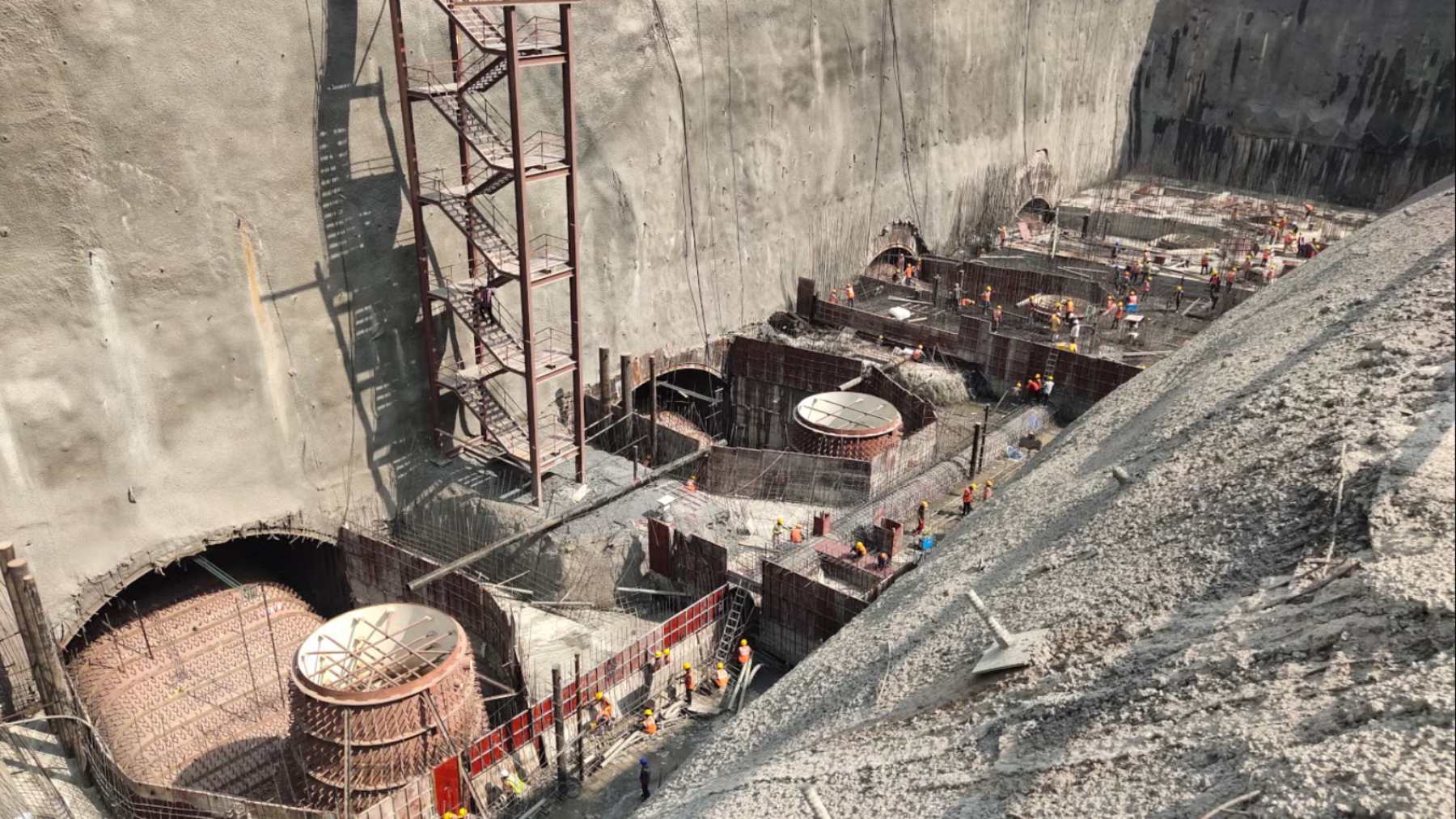A $4,2 billion investment will be put towards overcoming the renewable energy problem in India and promises to store excess monsoon energy underground. One project, the Pinnapuram Integrated Renewable Energy Project (IREP) in Andhra Pradesh, is a step forward in the renewable energy sector and was designed to integrate solar, wind, and pumped storage, all of which remain core to delivering scheduled power on demand (SPOD). The IREP is stealing the limelight as it is the first project of this magnitude.
Looking at what the Integrated Renewable Energy Project (IREP) requires
As one of the many world-leading integrated projects, the idea put forward by Pinnapuram is to combine 1000 MW of solar, 550 MW of wind, and 1200 MW of standalone pumped storage in Phase I, and this idea was approved by the Government of Andhra Pradesh (GoAP). Being located in the Kurnool district, the aim of the project is to change the way in which renewable energy is produced, stored, and dispatched. The idea is to create a continuous energy loop, which means that energy is produced, stored, and dispatched even without sunshine or wind.
The project plans on distributing power for household and industrial use. Carbon reduction, increased energy supply, and grid stabilisation are on offer, all thanks to this project. A yearly energy output of 3,850 million units is to be expected.
Creating an energy-abundant artificial reservoir
The core premise of the Pinnapuram project is to hide a lake or two underground. Averaging at 12-14 meters in height, this reservoir is engineered as a giant gravitational battery. Water gets pumped to upper reservoirs when water is abundant or during the monsoon months. At the time of shortages and when demand exceeds supply, water is released downhill through turbines in this underground power source.
This is only possible due to the intensive civil and electro-mechanical work by AFRY, an international engineering and design consultancy. On offer is pumped storage that works with solar as well as wind assets. Required is about 714 hectares of land; however, the project does not seem to have any environmental or social impact, even on the Gani forest. Environmental degradation is drastically reduced in the process as well.
A rare project set to time-shift India’s monsoons
One of the most interesting parts of the Pinnapurum IREP is its ability to shift monsoon energy in India. During the monsoon season, India gains hydrological and solar resources; however, more energy is required more during the drier season. The pumped storage system can stockpile monsoon energy in the form of water that gets used when the demand for power is high.
The projected annual energy output is about 3,850 million units with a 6-hour per day operational cycle. Grid stability is improved, but residential consumption is on offer as well. The shift could mean that citizens in India rely less on fossil fuel plants for energy generation.
Greenko’s Executive Vice President, P.M. Nanda, mentioned that the project ensures a solution for the climate. In fact, this endeavor seems to be much more than a mere sustainable energy project. India is constantly testing a new source of sustainable energy, and the country is now saying goodbye to photovoltaics in favor of floatovoltaics.
A project setting the foundation for the future
It is the Pinnapuram Integrated Renewable Energy Project that is more than engineering genius; it is the future of all energy systems. Utilizing an amalgamation of solar, wind, and hydro in a useful design, it addresses concerns of clean energy intermittency as well as grid reliability. The hefty investment harnesses energy and synchronizes with it. It is projects such as Pinnapuram that are helping India reach its sustainability goals far faster. Another clear aspect is that India wants to absorb the sun, and Bhadla Solar Park proves just that.














